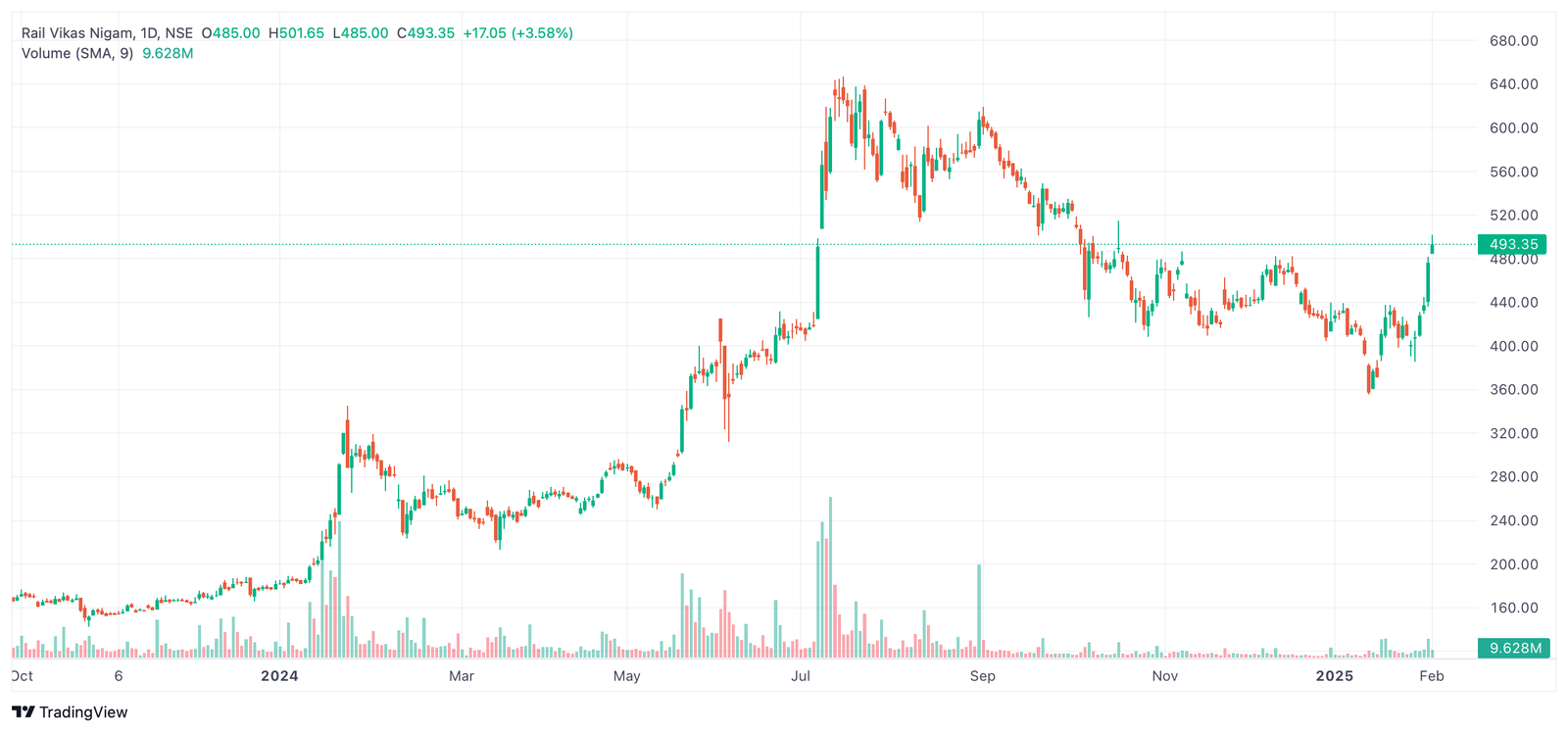In today’s digital era, online banking has revolutionized the way individuals handle their financial transactions. The necessity for secure and efficient electronic banking systems has led to the implementation of various security measures. Among these, the MPIN and OTP systems play crucial roles in safeguarding users against unauthorized access. Understanding the differences between these two can provide clarity on their use and importance in the banking landscape.
MPIN Full Form Explained
An MPIN, or Mobile Personal Identification Number, is a type of password used in mobile banking applications. It is a four to seven-digit number that users set up when they register for mobile banking services. The MPIN number is essential for authenticating users before they can access their mobile banking accounts. This method ensures that only authorized users can engage in financial transactions, check account balances, or view other banking services.
Key Features of MPIN
- User-Generated: The user creates the MPIN number, ensuring a personal and secure access method.
- Static Code: Unlike other security measures, the MPIN remains constant and does not change after each use.
- Mobile Banking Specific: It’s primarily used for mobile banking applications, providing an extra layer of security for mobile transactions.
- Memorization: Users need to memorize their MPIN number for it to remain effective and secure.
- Enforced Change: Banks may require users to change their MPIN periodically to maintain security.
OTP (One-Time Password) Overview
On the other hand, an OTP, or One-Time Password, is a temporary passcode used for authentication. It is generated by the system and sent to the user’s registered mobile number or email address when performing specific transactions.
Key Features of OTP
- System-Generated: The OTP is automatically generated by the system and sent to the user for authentication.
- Temporary Code: An OTP is valid for a short period, typically a few minutes, and becomes invalid after one use.
- Multi-Channel Distribution: OTPs can be delivered via SMS, email, or through secure apps.
- Dynamic Nature: Because the OTP changes with each transaction, it enhances security against replay attacks.
Differences Between MPIN and OTP
Despite their common goal of securing users’ banking transactions, significant differences exist between MPINs and OTPs.
- Generation:
- MPIN: Users generate the MPIN themselves when setting up their mobile banking service.
- OTP: The banking system generates OTPs dynamically whenever a transaction request is initiated.
- Usage:
- MPIN: You use the same MPIN number every time you log into your mobile banking app.
- OTP: OTPs are used once per transaction and expire after a short period.
- Security:
- MPIN: Must be kept confidential by the user; if compromised, the same MPIN can still be used to gain unauthorized access.
- OTP: More secure due to its one-time and time-bound nature, providing a lower risk of reuse in case of interception.
- Convenience:
- MPIN: Convenient for regular mobile banking users as it simplifies the login process.
- OTP: Can be less convenient due to the need to receive a new code for each transaction, especially in areas with poor cell reception.
- Scope of Use:
- MPIN: Typically used mainly for mobile banking applications.
- OTP: Used widely across various platforms, including online banking, shopping, and even secure access to websites and apps.
Why Both Are Essential for Secure Banking
- Layered Security: Combining MPIN with OTP provides a layered security approach, significantly increasing the safety of mobile banking transactions.
- Fraud Prevention:
- MPIN limits unauthorized access if the user’s device is lost or stolen.
- OTP prevents fraudulent transactions by ensuring the rightful owner is authorizing each transaction.
- User Experience: While OTP provides dynamic security for high-value transactions, the MPIN number offers ease for quick, routine access to the mobile banking app.
Best Practices for Using MPIN and OTP
- Create Strong MPIN: Avoid simplistic or easy-to-guess MPINs. Use a combination of non-sequential and non-repetitive numbers.
- Keep MPIN Confidential: Do not share your MPIN number with anyone. Treat it as you would a password.
- Promptly Use OTP: Ensure you enter the OTP immediately after receipt to avoid it expiring.
- Avoid Multiple Entries: Repeated incorrect entries of MPIN or OTP can trigger security alerts and lock accounts.
In Conclusion
Understanding the MPIN full form and its role compared to OTP is paramount for any banking customer keen on safeguarding their digital transactions. While the MPIN number offers simplicity and consistency for mobile banking logins, the OTP enhances security for transaction verifications. Knowing how to optimize both methods can significantly fortify your online banking experience, ensuring that your financial information remains protected against emerging cyber threats.
By leveraging both MPIN and OTP methods judiciously, users can enjoy a secure, seamless, and efficient banking experience. Banks continuously innovate and strengthen these security measures, reinforcing trust and ensuring peace of mind for their customers in the evolving digital landscape.





